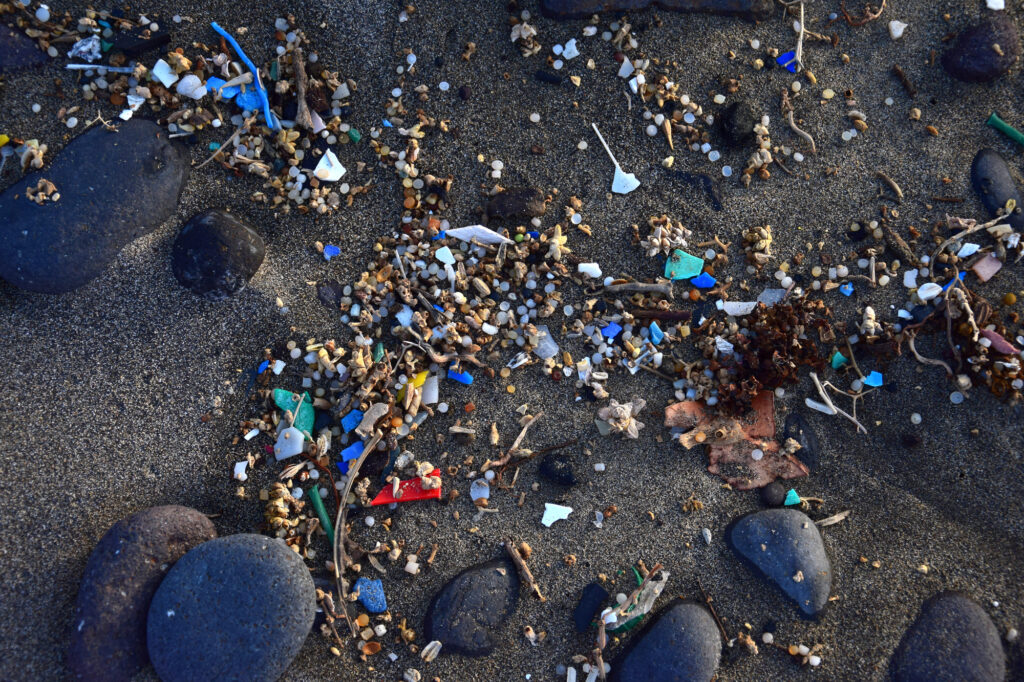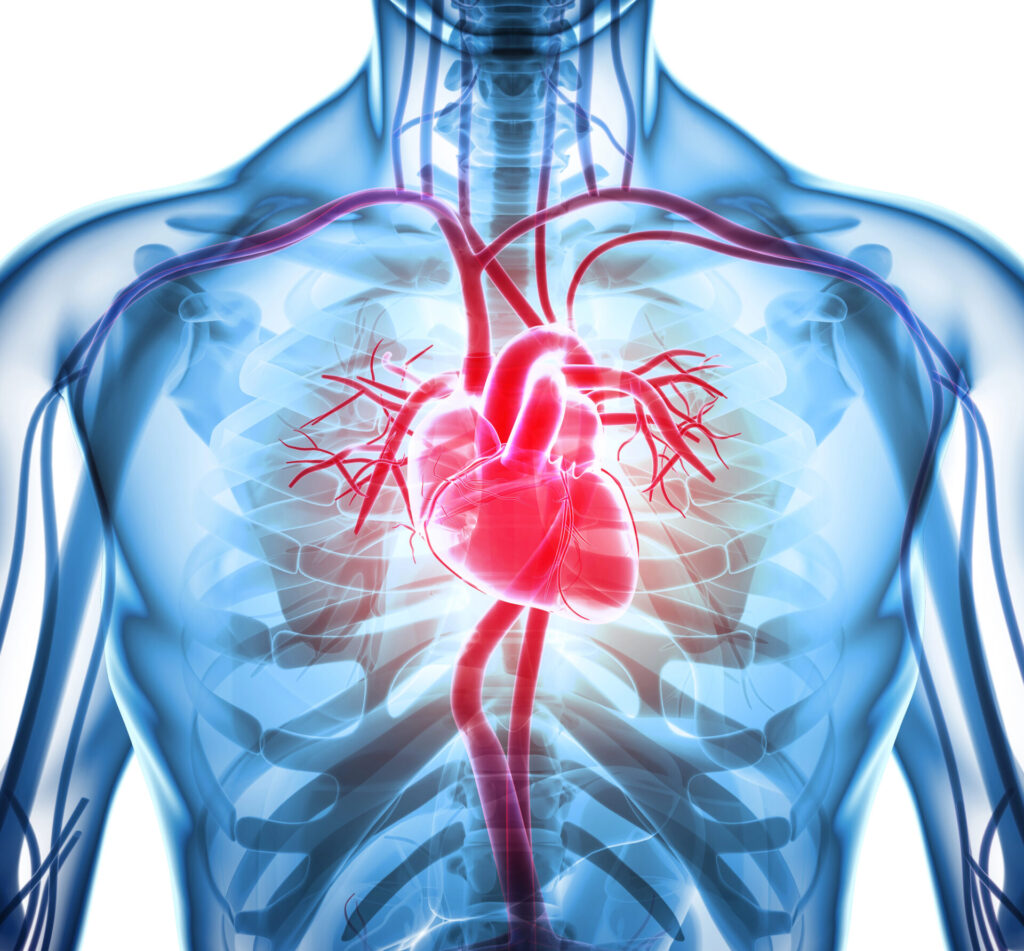In the ever-evolving landscape of healthcare, providers are often the first line of defense when it comes to addressing new concerns your patients face. One emerging point of focus is a misunderstood, invisible adversary: microplastics. These tiny particles have become a bigger part of our day-to-day lives, and as a result, a hot topic among the functional medicine community.
We’ll discuss some of the top questions patients are posing to their healthcare providers, and tips you can share with those who are interested in minimizing their exposure.
What Are Microplastics?
Microplastics, also known as ‘forever plastics’ or ‘forever chemicals’, are synthetic remnants that are less than five millimeters in length. They come from a variety of sources, including breakdown of larger plastic products, degradation of clothes and products, or as a result of industrial manufacturing.
Unlike natural particles like sand or dust, microplastics don’t decompose easily, leading them to accumulate faster than they can break down.
The impact of these contaminants is not just environmental; microplastics have found their way into our food supply, drinking water, and even the air we breathe. Research shows they can be significant, including endocrine disrupting effects and alteration of the way hormones function within the body. As leaders in functional medicine, it’s crucial to understand the impact of microplastics and how they can contribute to health issues in the human population.
Consumer Attitudes and Health Choices
Awareness of microplastics has led to a shift in consumer attitudes, with an increasing number of individuals seeking products that are free from plastic contaminants. Healthcare providers are witnessing more patients voicing concerns about the impact of environmental toxins on their health.
People are actively trying to avoid products containing microplastics, opting for natural and organic alternatives when given a choice. This movement aligns with the principles of functional medicine, which emphasize holistic well-being and the importance of a clean, more natural environment for health.
The Role of Healthcare Providers
Healthcare providers play a pivotal role in educating patients about the potential risks associated with microplastics. Providers can guide patients in making informed decisions about the products they use and the food they consume. Here are a few steps you can take to help your patients better deal with the issue of microplastics:
Awareness & Education: Explain what microplastics are, where they can be found, and their potential health risks. Many patients feel like exposure to microplastics is beyond their control, so sometimes all it takes is a discussion to help them feel like they’re back in the driver’s seat. This is a great chance for you to offer strategies to help them minimize microplastic exposure, such as choosing glass or other sustainable materials over plastic, avoiding products with microbeads, and opting for natural fiber clothing.
Diet & Nutrition: Making conscious dietary choices plays a major role in reducing microplastic consumption. You may consider coaching your patients on how to choose less processed foods and being cautious of food packaging materials. In addition to what people eat, how someone stores or prepares food makes a difference too! By offering personalized recommendations, such as suggesting filtered water systems or advising on safer food storage options, you can empower patients to make informed decisions to reduce their exposure.
Want to share simple lifestyle tips that make a big difference with your patients? Download our guide Avoiding Microplastics 101!
Research & Advocacy: One of the scariest things about microplastics is just how little we truly know about them. While we’re beginning to see data on health impacts for adults, even more research is needed when it comes to pregnancy, early life exposure, genetic impact, and other public health scenarios.
While healthcare providers are on the forefront of sounding the alarm, there’s still a long way to go before we have a complete understanding of the health impacts they pose. By seeking out professional resources like the National Institutes of Health (NIH) databases, attending medical conferences dedicated to environmental health, and exploring peer-reviewed research from journals like Environmental Health Perspectives can deepen your understanding of microplastics as they relate to the cutting edge of medical science.
Interested in learning more about microplastics and environmental exposure? Join our upcoming webinar!
Free webinar: Environmental Exposures: Novel strategies to address impacts on health
Wednesday, March 20 at 12 pm CT
Join Dr. Emily Hartsfield to learn how to recognize problematic environmental influences, the symptoms associated with different exposures, and ways to support your patients. Register now!






